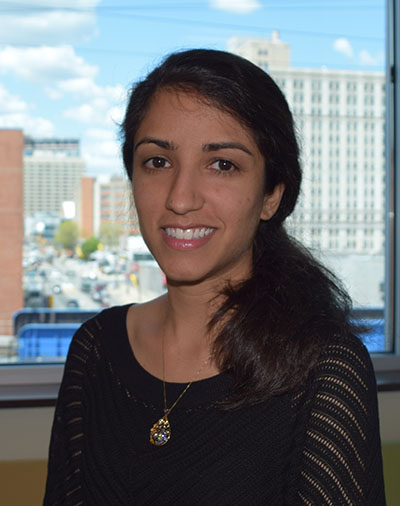Two things the president elect should know about the needs of adults with autism
By Paul Shattuck, Bushraa Khatib, and Anne Roux
Posted on
January 19, 2017
 Source: unsplash.com
Source: unsplash.com
With inauguration around the corner, the responsibility for making and enforcing disability policy will pass to a new administration. Just as others have called for investment in science, it’s time to take stock of where we are as a nation in terms of autism research, and where we need to go.
Over the next decade in the United States, half a million youth with autism will turn 18. Many high school students on the autism spectrum get help through special education – some continuing through age 21. Each student has a team that works with the student and family to decide which services are needed to prepare him or her for young adulthood, and federal law requires schools to offer the necessary transition services.
But following the last day of high school, the legal mandate for help suddenly ends. There is no federal requirement for providing supportive services in adulthood. Many services for adults with disabilities use different eligibility rules than in special education. For example, eligibility for many special supports in adulthood requires having an intellectual disability. However, the majority of today’s youth with autism do not have an intellectual disability, although their communication and social impairments significantly interfere with their ability to get a job, go to school, and live on their own.
Transition services and supports are critical for guiding youth successfully toward their goals during this time of instability. Sometimes, though, help is not available. This leaves many families struggling to navigate on their own and results in too many youth failing to launch successfully into adulthood.
It’s clear that more needs to be done on a national level to address the grim prospects facing youth with autism in their transition to adulthood. Here is an overview of what research tells us – and what the new administration should know - about autism research, especially as it relates to transition-age youth.
Community inclusion is a high priority for adults with autism.
What is the autism research agenda of the future? Adults on the spectrum say that valuing neurodiversity and inclusion should be at the top of the list of priorities when it comes to what the United States can do for adults with autism.
According to a 2014 article in Autism, adults with autism believed that autism research should focus on topics that make a difference for people’s day-to-day lives. The report states, “There needs to be greater involvement of the autism community both in priority setting and in research more broadly to ensure that resources reach where they are most needed and can make the most impact.” This is consistent with our own experience working with autistic advocates around establishing research priorities.
We need to focus on employing adults with autism.
Adults with autism tend to be underemployed – a fact which has not changed over many years. Recent research by the A.J. Drexel Autism Institute found that 40 percent of young adults with autism were disconnected in the first six years after high school, meaning they never got a job or pursued further schooling.
Unfortunately, the current field of employment interventions feels more like a smattering of isolated projects with little to show. Those with autism who get jobs still overwhelmingly work part-time and for wages below the poverty line.
Many new employment efforts for those on the spectrum, particularly for those with significant challenges, recognize the need to include collaborative partnerships among federal, state, municipal, school district, non-profit and private entities. For example, Vocational Rehabilitation is currently collaborating with special education departments in many states to implement federally mandated pre-employment transition programs.
Established models like Project SEARCH, designed for facilitating competitive employment for those with disabilities, have recently been modified for people with autism. Programs such as these braid money from multiple sources so that they reduce the financial burden on families and are less reliant on a single funding source.
Overall, young people with autism need the same things everyone else does to thrive, including access to opportunities for quality employment and a voice to make their preferences known. However, people with autism also may need things that not everyone else needs – a level of support and help that is above average.
As the country embarks on a new term with a new president, research priorities need to take into account the call for inclusion resounding from people with autism and the overwhelming importance of employing people with disabilities, including those with autism.
Here’s to a prosperous four years for all.
The views expressed in this blog are the authors' and not necessarily those of the A.J.Drexel Autism Institute.
 Paul Shattuck, PhD, director of the Life Course Outcomes Research Program, studies experiences and services promoting positive life outcomes for people on the autism spectrum, their families and communities.
Paul Shattuck, PhD, director of the Life Course Outcomes Research Program, studies experiences and services promoting positive life outcomes for people on the autism spectrum, their families and communities.
 Bushraa Khatib, BS, develops written content for both the LCO Research Program and the Autism Institute.
Bushraa Khatib, BS, develops written content for both the LCO Research Program and the Autism Institute.
 Anne Roux, MPH, MA is a nationally renowned autism researcher, author and family advocate. She leads the production of our National Autism Indicators Report series and other publications.
Anne Roux, MPH, MA is a nationally renowned autism researcher, author and family advocate. She leads the production of our National Autism Indicators Report series and other publications.